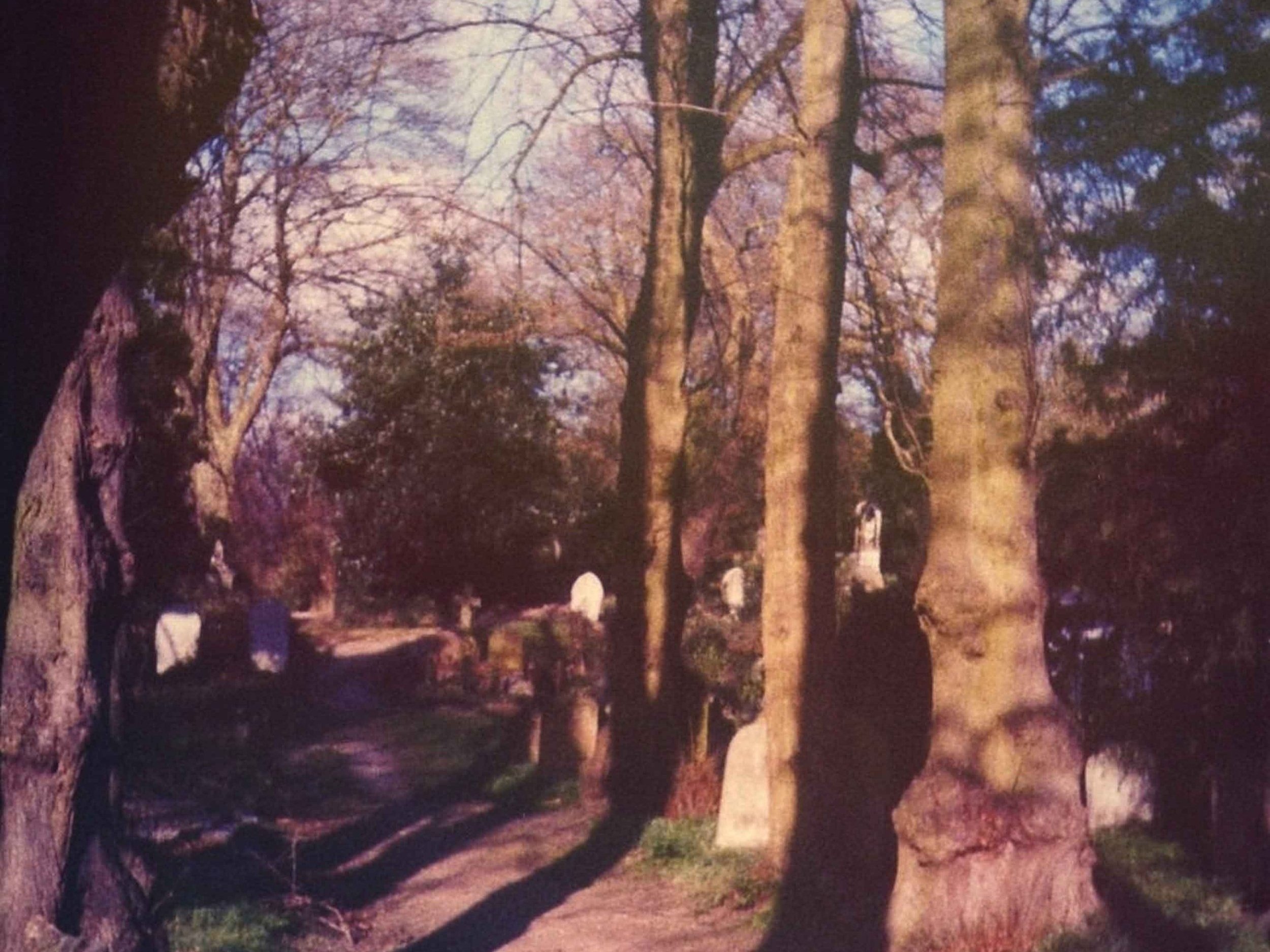Sanctuary
Originally published by The Dark Moutain Project
The work of mourning is never finished. It is the work that the living do for the dead.
In one of the earliest creation stories recorded, a single being walked alone across an endless desert. It was a place without place and beyond time, and the being walked – not to chart the landscape, which could not be measured, or even to explore it, which would be, at least, a kind of purpose. There was nothing to explore. Even between the infinite grains of sand there was no distinguishable difference.
One day, after aeons of walking, the being fell onto the sands, where it died. After an eternity of sameness, at last there was death. And with death, a great shift took place. As the being decayed on the sands, the great rivers of this world flowed from its body. Its hair became the forests, bringing shade for the first time. From its bones arose mountains, and valleys formed in the space between each rib. And thus, life on earth began.
II
In Caribbean and West African religious traditions, the spider is the face of God. The eyes of the spider are the eyes of God, who is always watching. The spider spins her web, connecting earth and sky. She bridges realms and walks between the worlds. She is a kind of magician in this way. Jamaican obeah practitioners are said to have uncanny relationships with spiders. They have seen the face of God.
Some spiders construct burrows instead of webs, choosing to travel under the earth’s surface rather than to spin above it. The ground-dwelling wolf spider constructs an elaborate underground home for itself, digging deep and using elements of the desert – including stones and twigs – to create a circular lair. Mother wolf spiders are known for carrying their young on their backs. It is strange that a thing so unlike us can also be a mother.
III
A dialogue:
‘Do you love me?’
‘Of course I love you.’
‘For the rest of our lives?’
‘Yes, of course.’
‘And when I am grey, and small and folded into myself like a spindly wooden stool. Will you hold me then?’
‘Why do you say such things?’
‘Why do you have no answer?’
IV
An old folktale tells of a man who went walking in the desert and met Death.
‘Hello,’ said the man.
‘Hello,’ said Death.
‘I know who you are,’ said the man.
‘That is very well,’ said Death.
‘I’m not going,’ said the man. He stood a bit taller and sucked in his gut, which was fairly substantial after half a century of good eating.
‘And why is that?’ asked Death, in a bored way. He had heard this many times before.
‘I’m in love,’ said the man.
‘Hmm,’ said Death.
‘I know you must hear that all the time,’ said the man.
Death did not reply immediately. He took a long sip of water from his canteen and let out a sigh.
‘You could say that.’ Death began to pick at his fingernails.
‘I can see you’re a man with no heart. What if I offered you money?’
Death bit off a hangnail.
‘Well, why should I go, anyway? What comes next? What is there to look forward to?’ The man was thinking of his wife’s thighs, the spiced scent of vintage port, the wind through the juniper trees. He felt a pang in his gut like glass. He sank to the sandy ground.
‘Everyone thinks I’m supposed to know that,’ said Death. ‘I haven’t been anywhere but here. I don’t get to see what’s next. I have a very specific job. It’s not glamorous, by any means. Far from it. It’s a lot of listening, really. But nobody ever wants to listen to me. They all just want to run away, or, worse, argue.’
‘Well, really, what do you expect?’ said the man. ‘I guess they gave you the job because they knew you could handle it.’
‘Did you really think I would believe the love thing?’ said Death. ‘You have to remember that I know Romeo and Juliet.’
The man rolled onto his back and looked up into the blazing sky. ‘Oh, forget it,’ he said.
He took the lunch he had been saving for himself out of his pocket and handed half of it to Death. They ate together, silently, like two very old friends who no longer needed to speak.
At sundown, Death walked back to town alone.
V
There is an area high in the Mojave Desert notorious for body dumping. This spot, known as the Bermuda Triangle of the Mojave, is as infamous to the people who live nearby as that enigmatic patch of ocean is to sailors and schoolchildren.
In 1988, a hiker in the desert came upon a skull. How can it be that a thing with no eyes can stare so? He marked the spot with a cairn and took it back to town, where he placed it on a table with flowers in its empty sockets and moss for hair.
Anyone who has spent time in the desert knows that it is outside you as much as it is within you. Eventually, everything turns to sand.
